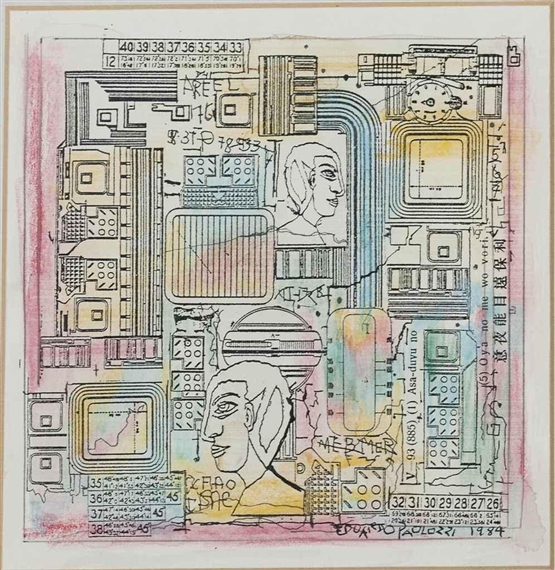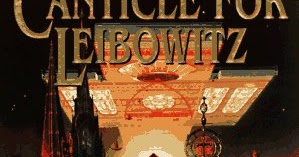A Canticle for Leibowitz is a science fiction novel written by Walter M. Miller Jr. and first published in 1960. The novel is set in a future world that has been devastated by a nuclear war, and follows the story of a group of monks who are dedicated to preserving the knowledge and culture of the pre-war world.
The central theme of A Canticle for Leibowitz is the cyclical nature of history and the constant struggle of humanity to preserve knowledge and progress despite repeated setbacks. The novel is structured as a series of three interconnected novellas, each set in a different time period following the nuclear war. In the first novella, "Fiat Homo," the monks are shown struggling to survive in a world that has been reduced to a primitive state, where even the most basic forms of knowledge and technology have been lost. The second novella, "Fiat Lux," takes place centuries later, when the monks have succeeded in rebuilding society and establishing a new civilization. However, this civilization is plagued by conflict and strife, and the monks are once again forced to defend their knowledge and way of life against those who would seek to destroy it. The final novella, "Fiat Voluntas Tua," is set even further in the future, and shows the monks grappling with the implications of a new technological advancement that threatens to revolutionize society once again.
One of the most striking aspects of A Canticle for Leibowitz is the way in which it portrays the relationship between faith and science. The monks of the Order of Saint Leibowitz are shown as being deeply religious, and their commitment to preserving knowledge is driven by their faith in God and their belief in the inherent value of learning. At the same time, however, they are also shown as being deeply committed to the pursuit of scientific knowledge, and they are constantly seeking to understand and explain the world around them. This tension between faith and science is a central theme of the novel, and is explored in various ways throughout the three novellas.
Another important theme in A Canticle for Leibowitz is the role of memory and the importance of preserving the past. The monks are shown as being deeply committed to preserving the knowledge and culture of the pre-war world, and they go to great lengths to ensure that this knowledge is not lost. This is particularly evident in the first novella, where the monks are shown as struggling to preserve the books and documents of the pre-war world, even as they are threatened with destruction by those who see them as relics of a forgotten age. The importance of memory and the preservation of the past is also explored in the second novella, where the monks are shown as being torn between their desire to preserve the knowledge of the past and their need to move forward and embrace new ideas and technologies.
Overall, A Canticle for Leibowitz is a thought-provoking and deeply moving novel that explores some of the most pressing and timeless questions of human existence. It is a powerful meditation on the cyclical nature of history, the relationship between faith and science, and the importance of preserving the past for the benefit of future generations.






